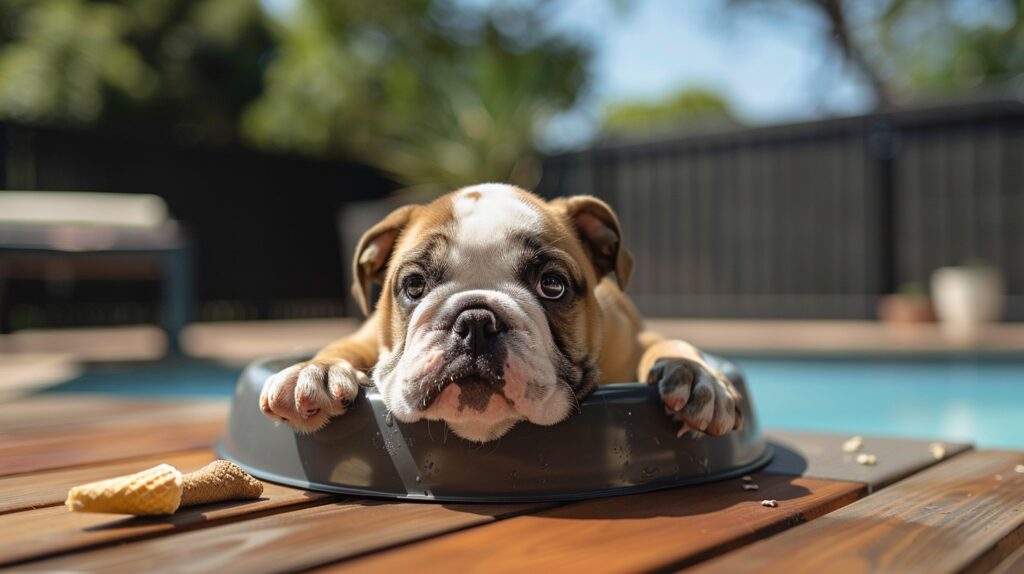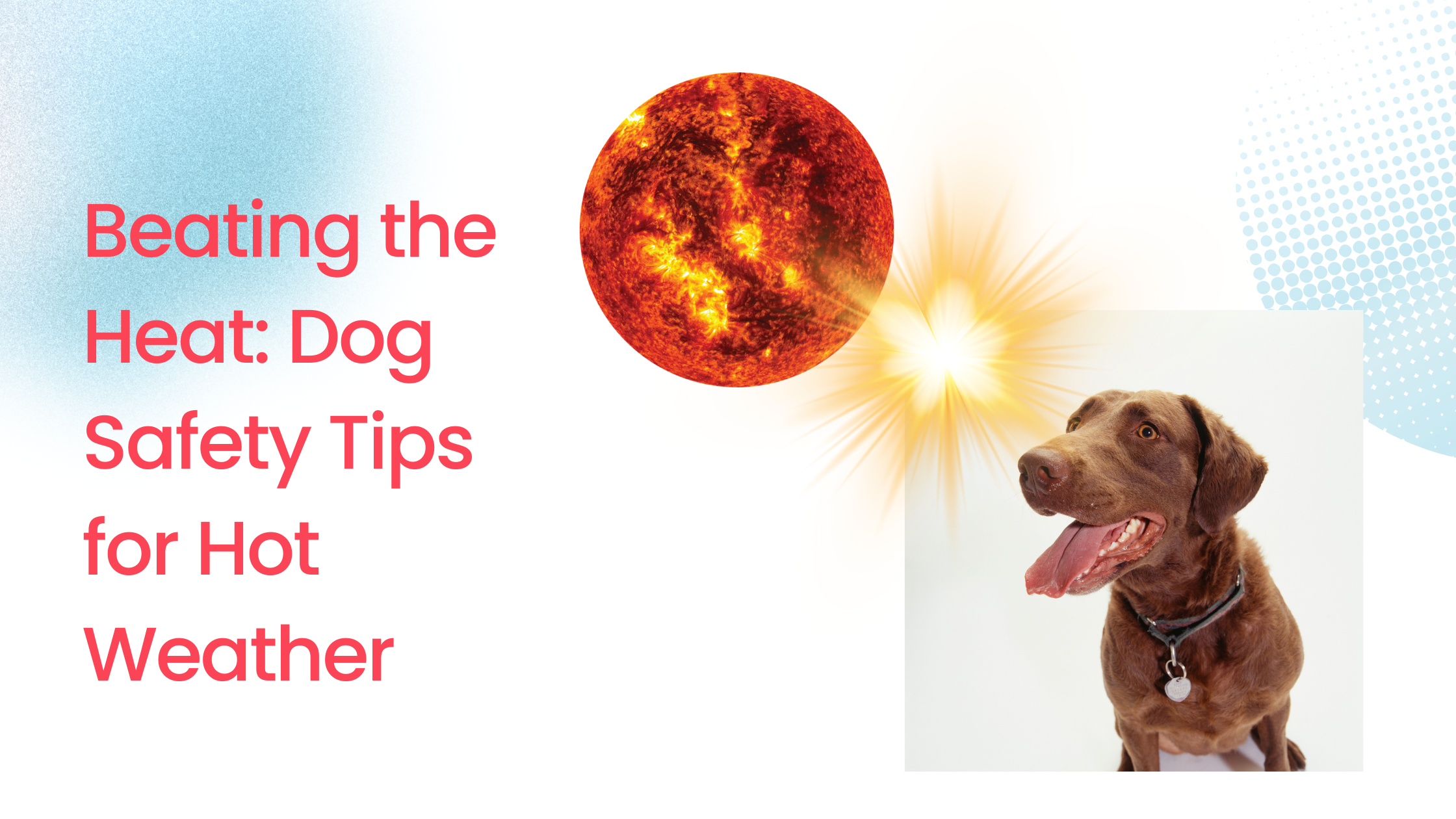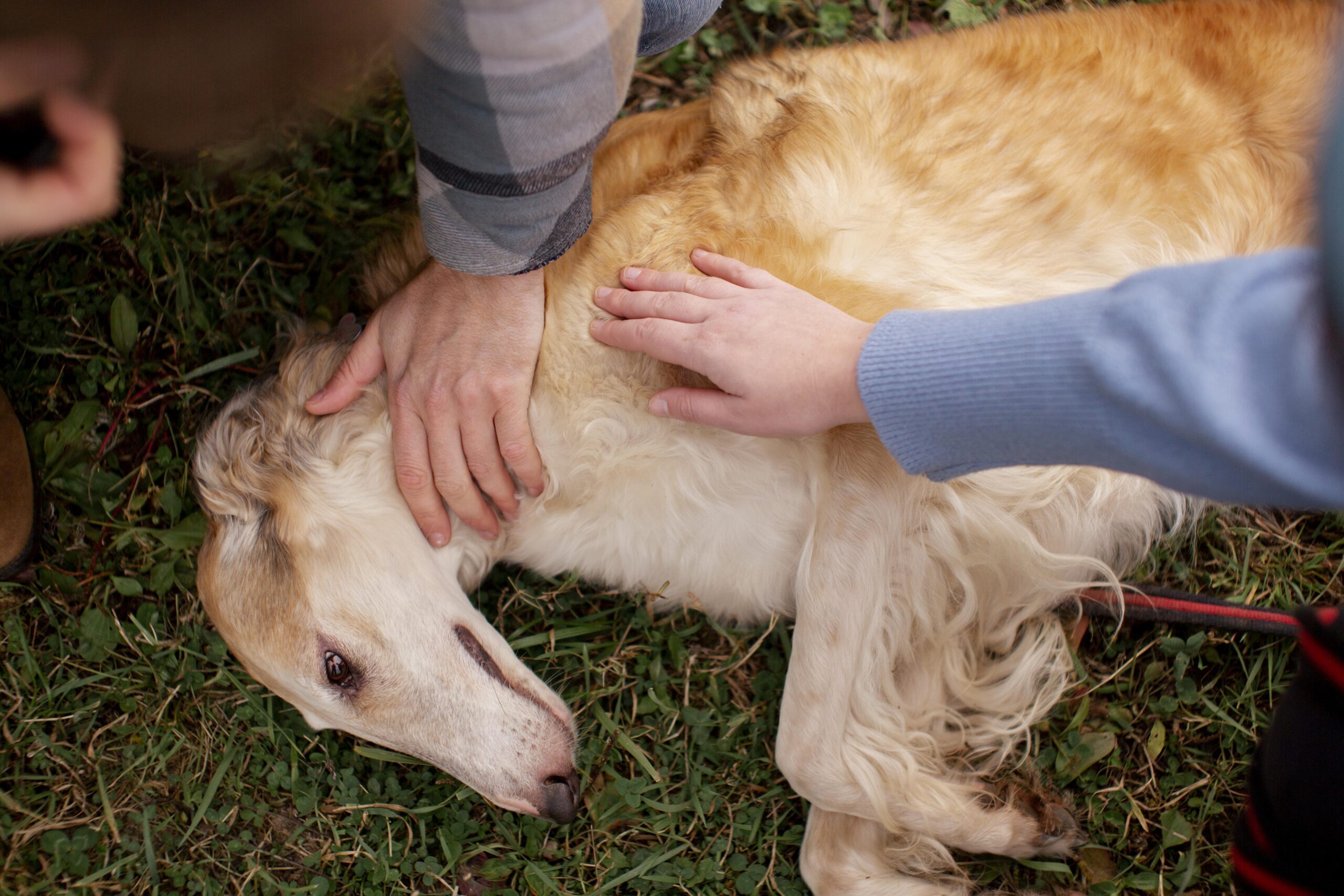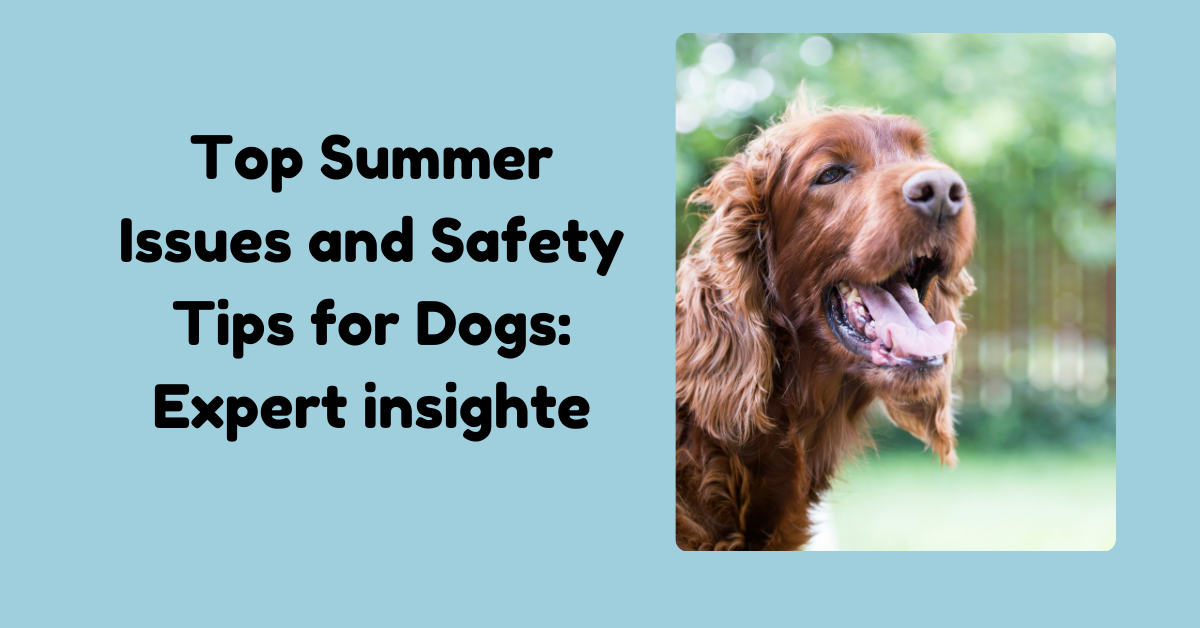As it gets warmer, you need to know how it will impact your dogs as they can feel the heat just like humans do, and it is essential to keep them safe and comfortable. In this blog, we will show you several essential tips to keep your dog cool and secure on hot summer days.
Canine Thermoregulation
To understand how heat can hurt dogs, it is essential to know how they regulate their body temperature. While dogs do not sweat like humans do, they get rid of heat by panting, and a few sweat glands of their paws
Factors contributing to heat tolerance in dogs
- Breed Differences: Some dog breeds deal better with the heat than others, such as dogs with short noses, such as Bulldogs and Pugs, which may find it more challenging to cope when it is hot.
- Coat Type: The dog’s coat type affects how it will weather the heat. Dogs with double coats, like Huskies and Malamutes, have dense fur that can hold in heat, so they are more likely to get too hot.

Dogs Showing Symptoms of Heat Stress
The first signs of heat stress in dogs are vital to catch. When your pup starts acting abnormally, this is often a sign that they are not coping well with the heat.
Changes in Behavior
- Lethargy or weakness
- Reluctance to move or play
- Searching for cool, shadowed spots
Physical Symptoms
- Heavy Panting: This is one of the first signs that an animal is hot and starting to stress out.
- Drooling: Dogs drool too due to heat.
- Weakness: In extreme cases of heat exhaustion, a person may experience weakness, collapse, or fainting.
Tips to Keep Dogs Safe with Summer Heat
There are few tips that we should follow in order to avoid heat stroke in dogs
1. Provide Access to Shade and Water
Provide shaded areas and enough cool, fresh water for the dog at all times; this will prevent it from getting dehydrated and help maintain adequate body temperatures.
2. Limit Exercise During Peak Heat Hours
Remember not to walk or exercise dogs at boiling times. This means from 10 a.m. to 4 p.m., approximately. Instead, go for your walks either early in the morning or later in the evening when it’s cooler.
3. Never Leave a Dog in a Hot Car
It is worth mentioning again: a car can quickly become a place of danger to your dog—even with the windows cracked open slightly. Are you doing some quick errands? It is best to leave your dog at home to keep them safe and comfortable.
4. Cooling Products
Think of buying cooling mats or vests for your pet. These are aimed at helping cool off a dog by absorbing heat and dissipating it.
5. Adapt Walkways
BUT DO watch for hot pavement that will burn your furry friend’s tender toes. To check, place your palm down on the pavement. If it feels too hot for you, it certainly is too hot for your dog. Opt for grassy or shady paths to keep him calm and comfortable.

Precautions for Certain Canine Breeds
Some breeds need extra care during hot weather because of physical characteristics.
Brachycephalic Breeds
Hot weather is uncomfortable for many of the dogs with short noses. Their breathing problems often make it more challenging to cope with such temperatures. Ensure they can always access an excellent spot, and don’t let them exercise excessively.
Double-Coated Breeds
This may sound a little odd but don’t shave this type of dog at all. In fact, their hair is helping to keep them cool. Instead, brush them frequently to remove the excess undercoat that may trap heat and, more importantly, prevent mats that can cause them to become too hot.
Heatstroke First Aid
When you do your best, emergencies may still happen. Knowing how to recognize and respond to heatstroke is essential to save your dog’s life.
Recognizing Heat Stroke in Dogs
Signs of heatstroke: heavy and fast panting, drooling, vomiting, or diarrhea; confusion and then collapse. If you suspect heatstroke in your dog, you must take action.

Immediate Steps to be Taken
1. Get your dog moved into a more relaxed area immediately.
2. Offer small quantities of calm, but not cold, water.
3. Wet towels with cool water and lay them on the back of your dog’s neck, armpits, and groin area.
4. Employ a fan to provide your dog with more circulation of air.
Consult a veterinarian Even if your dog seems to be getting better, you should still take him to the vet to ascertain that there are no underlying conditions. Heatstroke can lead to internal damage, which may not immediately be obvious; hence, it is necessary to have a check-up with a vet.
Conclusion
Taking proper care of your dog during hot weather is very important. To help you with that, it is essential to know how the dogs keep their body temperature in balance, what signs show heat stress, and follow the tips from below. But by these means, you will make your furry friend happy and healthy during the summer season. Remember, our dog counts on us to protect them, so let’s put their comfort and health first. Keep these safeguards in place, and with a bit of attention, you and your dog can have a great time basking in the sun and enjoying summer to the fullest.





